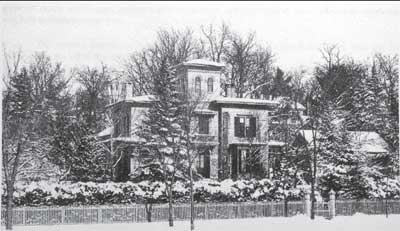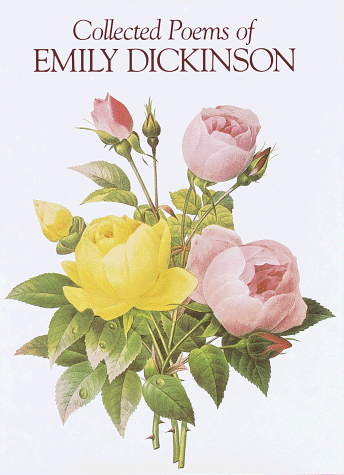In Winter in my Room
In Winter in my Room
I came upon a Worm—
Pink, land and warm—
But as he was a worm
And worms presume
Not quite with him at home—
Secured him by a string
To something neighboring
And went along.
A trifle afterward
A thing occurred
I’d not believe it if I heard
But state with creeping blood—
A snake with mottles rare
Surveyed my chamber floor
In feature as the worm before
But ringed with power—
The very string with which
I tied him—too
When he was mean and new
That string was there—
I shrank—“How fair you are”!
Propitiation claw—
“Afraid,” he hissed
“Of me”?
“No cordiality”—
He fathomed me—
By: Emily Dickinson

Synopsis:
The speaker finds a worm, and secures him with string. She then finds a snake, and binds him as well. While speaking to the snake, she realises that he understands that she is afraid of life beyond her room.
Major Themes and Motifs:
- Isolation
- Limbless creatures
- Restriction
Literary Terms Applicable to “In Winter in my Room”:
- Allusion
- Ambiguity
- Anthropomorphism
- Auditory Imagery
- Caesura
- Character
- Characterisation
- Connotation
- Denotation
- Diction
- Figurative Language
- First Person Narrative
- Foreshadowing
- Imagery
- Literal Language
- Metaphor
- Meter
- Mood
- Motif
- Register
- Repetition
- Rhyme
- Rhythm
- Setting
- Simile
- Speaker
- Stanza
- Stream of Consciousness
- Structure
- Symbol
- Symbolism
- Syntax
- Theme
- Tone
- Visual Imagery
Characters:
(in order of appearance)
The Speaker-
An unknown Speaker, who is presumably female. She isolates herself to her winterish room, and binds any creature that comes into it. After tying up a snake, she realises that he understands her fear of being in the warmth.
Worm-
A creature that finds himself in the Speaker’s room. He is bound to a neighboring object with string by the Speaker.
Snake-
A creature covered with smears of colour, presumably red because of the “blood” (Dickinson, 13). He is bound by the Speaker with string. The snake hisses the word afraid, before giving more detail about being afraid of the warmth. He understands the Speaker.
Detailed Description of the Events within the Poem:
- It is winter in the Speaker’s room.
- She finds a worm, who has yet to find his home.
- The Speaker binds him to “something neighboring” (Dickinson, 8).
- Time has passed, and the Speaker finds a snake in her room.
- He is in the same place as the worm.
- She binds him with string.
- The Speaker talks to the snake.
- He mentions fear and warmth.
- The Speaker realises that the limbless creature understands her.
Uncommon Words:
- Mottle- Mark with spots or smears of colour.
- Propitiation- The action of propitiating or appeasing a god, spirit, or person.
- Cordial- warm and friendly.

Significance of the Text:
“In Winter in my Room” is a classic example of how Dickinson’s work is revolutionary. The iconic concoction of short lines, missing titles, and unconventional punctuation is apparent throughout this poem. Despite how popular her poems are today, back when they were originally being published, her editors heavily altered her poems to fit traditional poetry.
This poem complies with Dickinson’s need for ambiguity within her work. There are many interpretations of this poem, including my personal interpretation which is an internal cry of an isolated woman, who has grown fearful of the outside world. Other people have interpreted the poem as a reference to sexuality, hence the limbless creatures. While there is evidence to support both arguments, the true meaning behind her words lie with Dickinson.
Interesting Tidbit:
Emily Dickinson’s fascination with death started at a young age from her second cousin, Sophia Holland, dying from typhus when Dickinson was fourteen. After experiencing various illnesses, the death of Leonard Humphrey and the declining health of her mother; Dickinson slowly isolated himself from society. It was only after her own death that a significant portion of her 1,800 poems were published by Lavinia, Dickinson’s younger sister.
Where more of Emily Dickinson’s Work can be Found:
http://www.amazon.co.uk/Emily-Dickinson/e/B000APVZCC
Let’s Explore… Because you are going by Emily Dickinson
Word Count: 700
